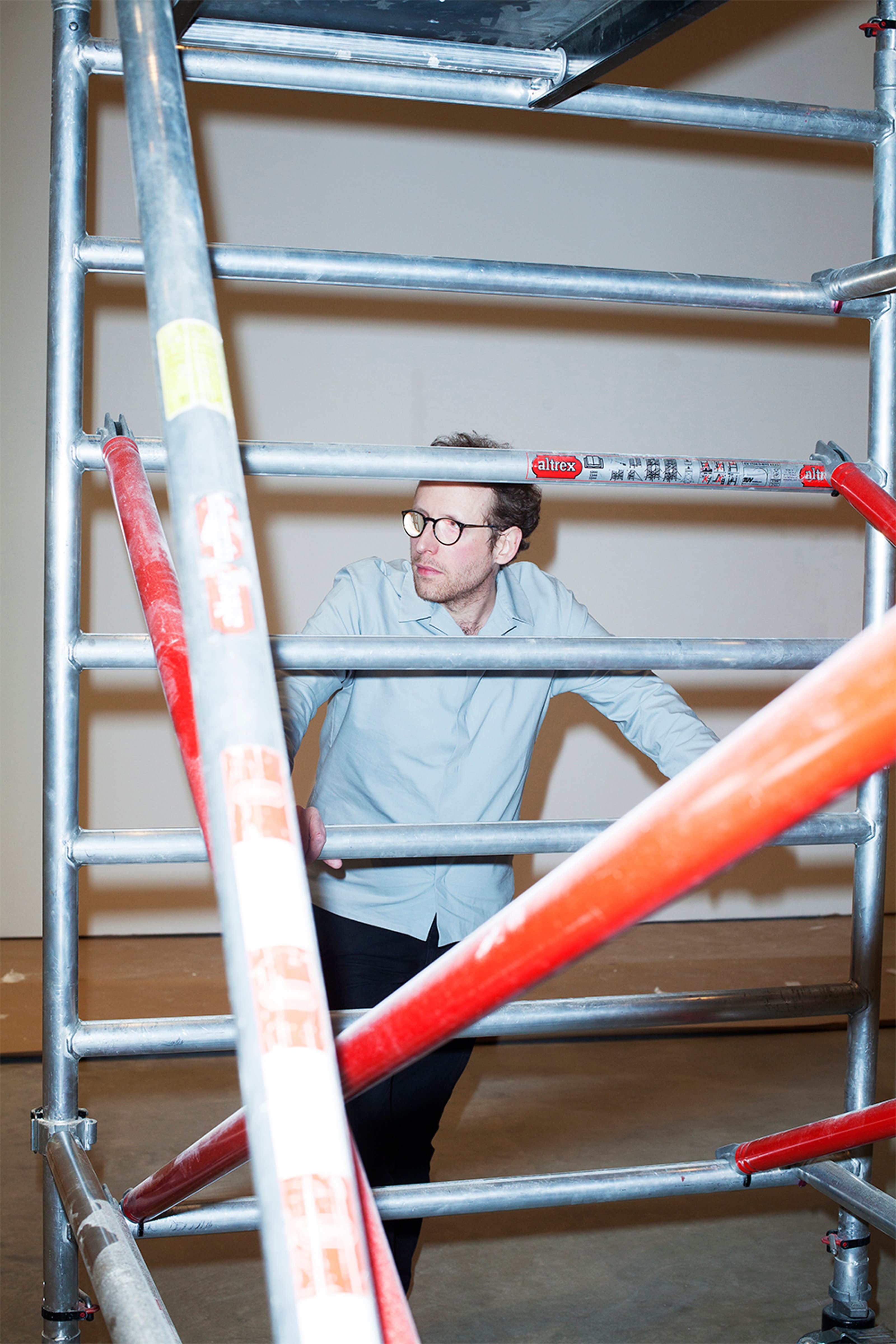

When Johann König arrived to his gallery, the first thing he did was to shake my hand and offer me a cup of coffee from the kitchen. While briefly engaging in polite smalltalk, we decided it best to move our meeting into the cafeteria right next door. It was Tuesday morning, and his team were in the midst of preparing the exhibition of Mexican artist Jose Dávila, looming just a couple of days ahead.König looks young. But it’s especially the contrast between the innocuously impressive gallery-church and his body language — faint moments, for example, where he agilely slouches from place to place — which emanates a temporary, irrefutable absurdity between his youth (after all these years, he’s still only 36) and the 100,000 Euros-worth of artworks that modestly hang on the walls; Their monetary and cultural value seemingly invisible like the building’s pre-religious purpose. While König has been known for his young age since the outset of his career — which commenced nearly a decade ago — it’s still very unbelievable, yet inspiring, how he has established and conserved a kind of modern immortality. His tender age invites intimidation, yet also transmits fragility that gives a certain intimacy to his success. He exists in front of us, archetypically untouchable, but also human.His verbal mannerisms on art are unpretentious. At times there’s even a beautiful boredom in the way he unravels the logistics of his professional reality, elucidating the reliable composure of his personal ambition that by now has become a public promise. When the conversation began to soften into emotionally-loaded questions — like the church’s metaphysical impact on bodies or his previously lived blindness that rendered a world of its own — we shared a cigarette, momentarily obscuring the borders that subsist between strangers.
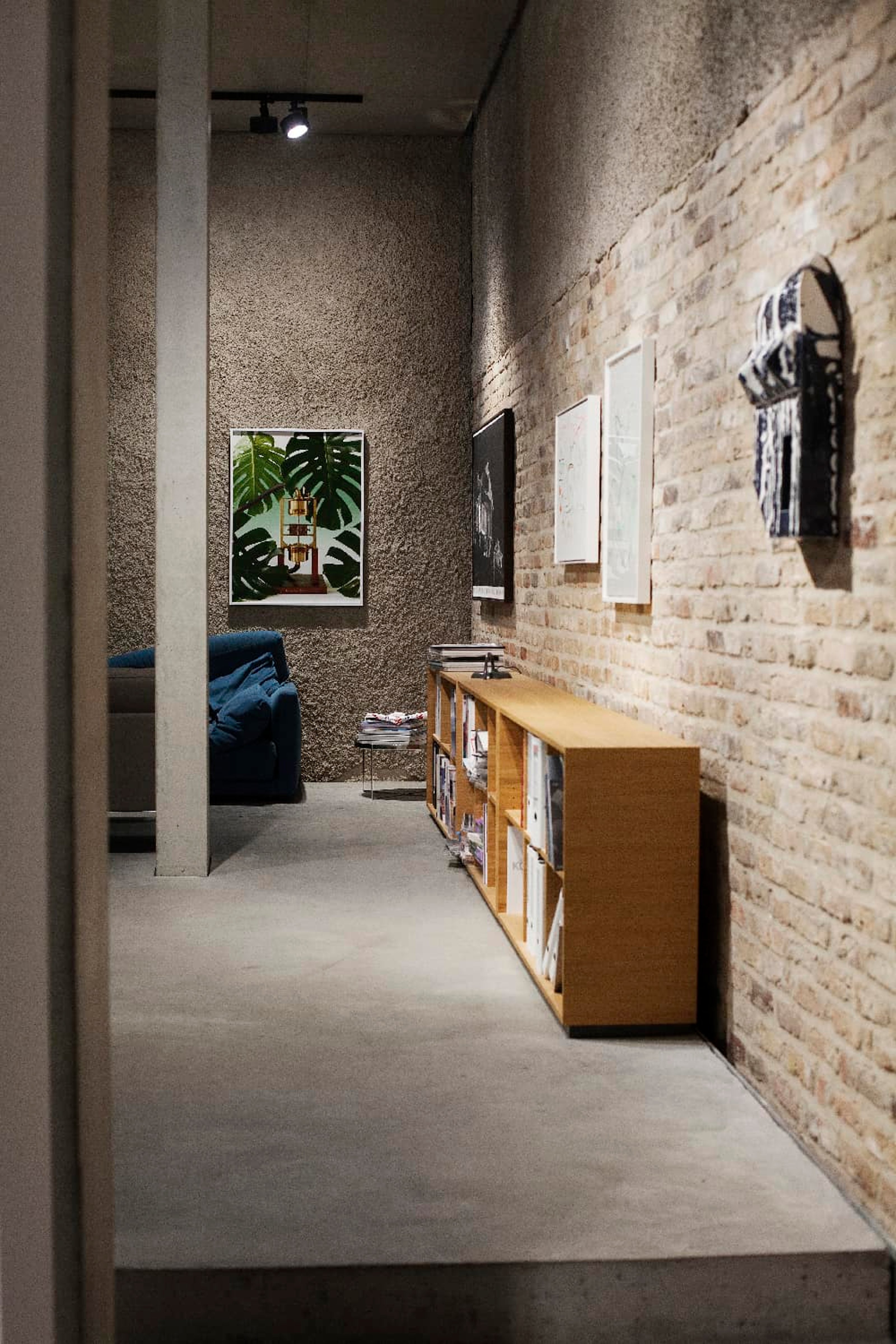
Lara Konrad: What’s happening here at the cantina? It looks like it’s being used, but also not really…
Johann König: We’re in the middle of a potential project with Dylan Watson-Brawn from Ernst, an exclusive restaurant based in Wedding. His idea is to make something more casual here. At the very beginning of things, we just had a normal cafe for gallery visitors. My wife used to be the head of press at Haus am Waldsee, the same lady who ran their cafe also did it here. But it didn’t work out, because it was too much of a Prenzlauer-Berg-style. It just didn’t match our gallery.
Dylan, on the other hand, does with food what we do with art. But it’s complicated, since his kitchen is very product-oriented.
LK: So he only works with seasonal produce?
JK: Yeah, and regional. Basically only neighborhoods of Berlin. They’ll have a carrot and treat it for like a week. They usually only have one ingredient. It’s like brutalist cuisine, very pure. But here at the gallery, we want to make easy things. Like only food at the bar, tapas-style. He’s so specific though, I mean, he has cooked for the best restaurants in the word, like Noma.
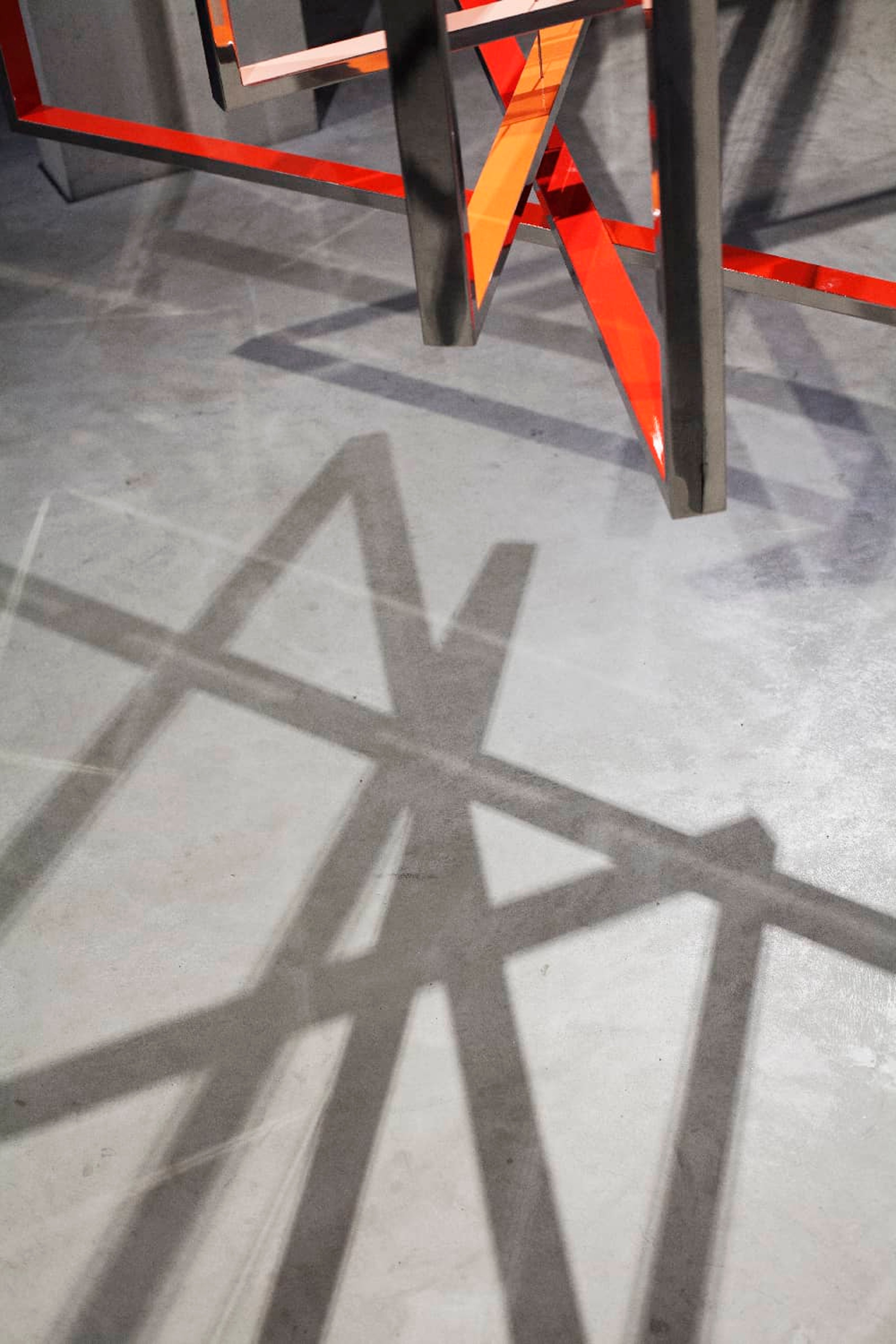
LK: Well, you’re lucky to have him next door.
JK: Yeah, if it works out… we have to be partners in this place since we have a lot of requests of CEOs of big shareholder companies who want to do their annual board meetings in here. Dylan is able to do that. But we also cater to a younger audience, just like the gallery does. We have billionaires coming by private jet, but also have school classes and regular people who just want to enjoy the exhibitions.
LK: That’s a nice mix of human reality.
JK: Ninety percent of the people who come here ask if there’s an entrance fee, because they think we’re a museum. And that’s exactly what we have to bridge. Meeting top-profile customers, while offering lunch for 12 euros.
LK: That’s interesting, people coming here and asking about entrance fees. Considering the large amount of galleries closing down, how do you see your space developing within these next years?
JK: We try to be flexible and generally approachable. For that very reason we also started things like the merchandise line König Souvenir. I think, however, that these types of experiments are only possible to expand into because of our high-end exhibitions. Like Isa Genzken, who just finished her show. Every exhibition always has a real effort in terms of realization. I think this place worked out well, whenever a collector, museum director or curator come in, it’s always an experience for them.
Five years ago, I was at a point where either I was going to become a pure agent and represent artists out of an office, or start doing shows that really have an impact on an artist’s career. Isa Genzken, for instance, approached us about doing a show because the location offers space for experimentation. The location’s characteristics also attract so many different people.
LK: I saw Genzken’s show at the Stedelijk two years ago. Did you have the chance to see it?
JK: I did. Amazing show, right?
LK: It was gigantic. That’s what I remember most.
JK: Did you see her show at Martin-Gropius-Bau?
LK: No, I didn’t.
JK: I thought the Stedelijk had a much better layout. Gropius was very dense.
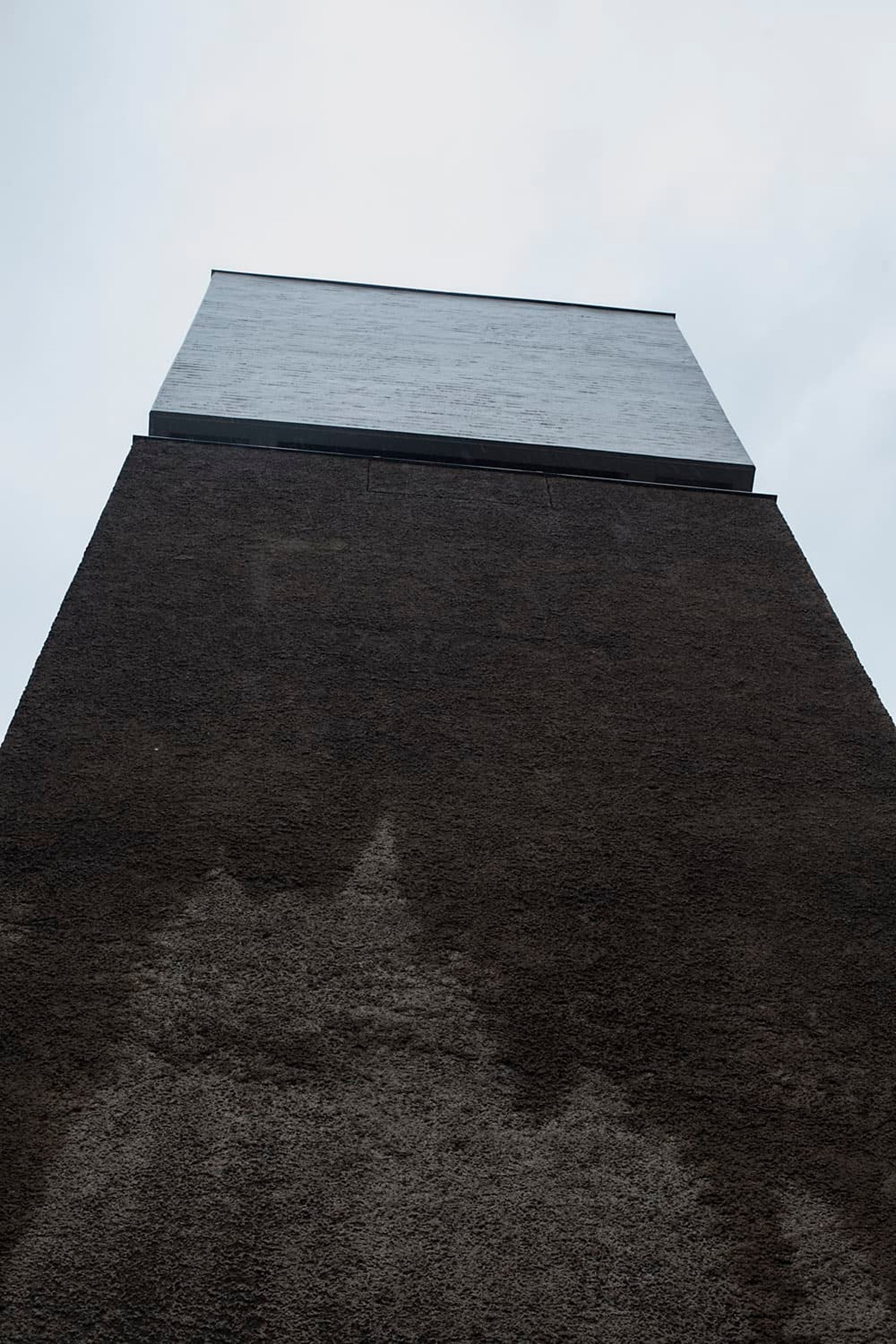
Our exhibition was only about her last two years of practice. And instead of being selective with pieces, we allowed her to show whatever she wanted to show. From the art market perspective, places like David Zwirner or Hauser & Wirth would have been more strict about what works to show.
Did you see the show?
LK: Yes. Pieces of it.
JK: The walls were covered by like 60 collages. There were these plywood pieces, for example, that have drill holes which are very hard to market since, with time, these holes will open up due to humidity. But still, they’re 100,000 Euros. I think a commercial-depending gallery wouldn’t have necessarily chosen them…
LK: She also didn’t hang them in groups, she mixed them entirely, right?
JK: Yeah. She said she hung them as she was making them.
LK: Like a biography.
JK: Very intuitive. There’s also one with an aluminum sheet, and only five images on it. But it’s also 140,000 Euros. They’re very rough collages. My colleagues suggested to be a bit more selective, but I’ve always thought it important to give the artist the opportunity to do whatever they want to do. If speaking like a conservative, it’s very tricky material because it’s just photos glued to each other.

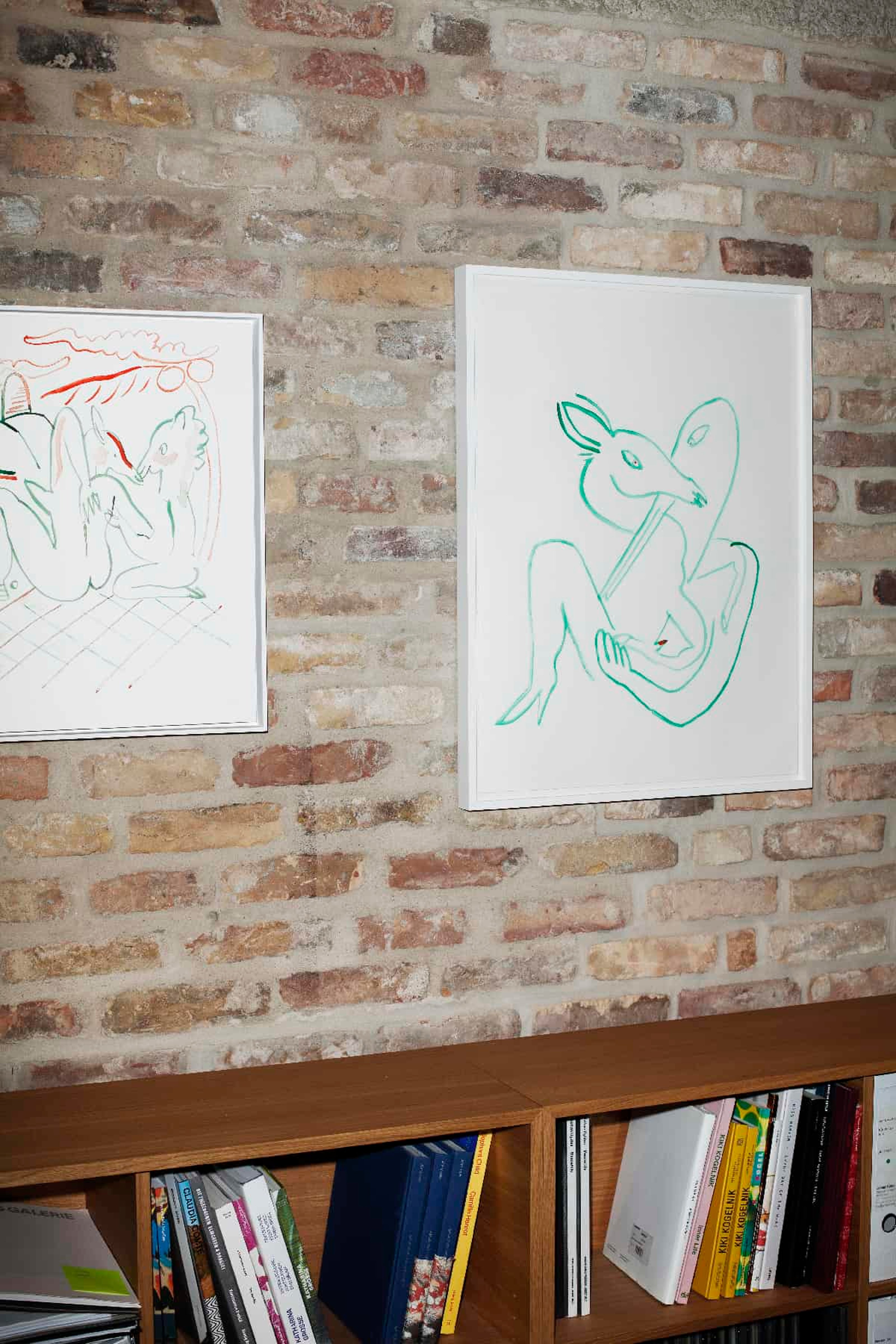
LK: So meanwhile the artist comes in and develops his/her ideas, you step back? I suppose you don’t see yourself much in the role of curating.
JK: The reason why I opened the gallery was to make projects possible. I wanted to help artists realize their ideas, and challenge their decision. I’m open to things, building walls or 3D models, hanging stuff from the ceiling. I wouldn’t say curate, but maybe moderate.
LK: What’s your process of choosing the next artist?
JK: It often relates to availability, their schedule. Generally, though, I’m not interested in repeating shows like traditional galleries. They typically show the same artist every two years.
As we opened the space with Katharina Grosse, I don’t think it makes much sense to do another show with her in the next two years. Unless there’s a specific project or idea in mind in terms of using the space. It’s more of a challenge to deal with the space once, instead of numerous times. Heading crosstown to see new but same work just doesn’t seem very appealing. Especially with the growing relevance of art fairs now. I think it’s only worthwhile to have a real experience of an exhibition. And that’s what makes us different, I guess.
Galleries like Konrad Fischer constantly give updates on what the artist is doing. That’s what we do on fairs now, or Instagram, or by supporting their shows happening elsewhere. I think it’s interesting if there’s something new to discover.
LK: Like what you did with Daniel Turner last year.
JK: Yeah, we did a pretty radical show upstairs. Only a cloud of dust on the floor. Something interesting happened, the chef from Eleven Madison — right now considered one of the best restaurants in the world — came to the show without me noticing. He was so deeply impressed by the exhibition that he commissioned Daniel to do a piece for his restaurant. I love these kinds of things. How you don’t have a direct influence, but later on realize that these shows had an impact on people.

Or yesterday, at this fashion event, a guy came up to me and said that through seeing the shows — because friends would drag him here — he started becoming interested in art. That’s a pretty big compliment. Since we’re like a tourist attraction, people come without knowing anything about contemporary art, they might not necessarily understand the high prices, or whatever, but essentially something happens to them…
LK: Art becomes more accessible, in that way, since your gallery doesn’t practice an elitist atmosphere like others do…
JK: Totally. That’s also why we open Sundays, which isn’t a normal thing to do in Germany. After we started, KOW — which is also a very interesting, intellectual gallery — followed. But that’s it.
My future goal for the gallery is to run it like an institution, more of a commercial kunsthalle rather than a classical gallery. That’s why we started having school classes, yoga, a sculpture garden, we do catalogues and a magazine, as well as guided tours.
LK: You recently opened up a new space in London. Apart from the Brexit appeal, what opportunities do you have in London that you don’t have here in Berlin?
JK: Well, here in Germany we’re very much a Berlin-based gallery. I thought the downturn would be interesting to pick up on, just like back then when I first started my gallery. Also, I want us to internationalize. I realized I had to go to London quite often, since Berlin isn’t an international art center. The art market really takes place in London, just like in the US it takes place in New York. I wanted to bring more German art into London. It’s not our goal to compete with London-based galleries, our space is naturally not as spectacular as here. But it’s a nice opportunity to give an audience to our artists, and to also have an office presence of sorts.
LK: So the traffic of visitors is different and less than here?
JK: Yeah, even though the church is hard to reach via public transportation, we have tons of visitors. In London we get much less traffic even though it’s easier to reach.
I experienced something similarly with my old gallery on Dessauer Strasse.Less people come to an ordinary gallery space, because it’s less exciting. Here at the church, every show is a real experience. Even for myself who lives in the building. Every time I go up, there’s a new perspective. The atmosphere is very comfortable.
How do you feel when you go up there?
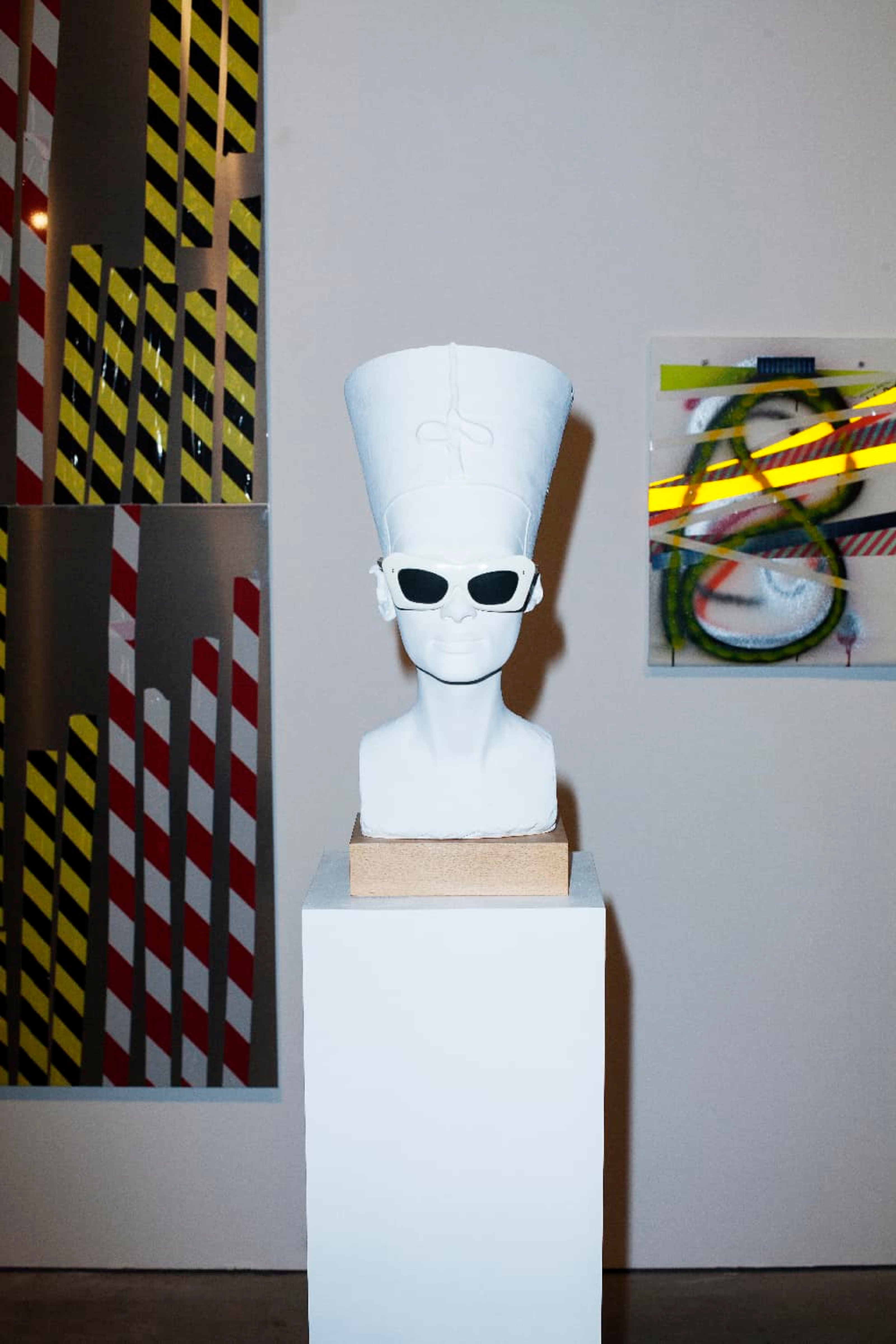
LK: I guess, despite its concrete complexity, there’s a general feeling of warmth. The light feels absurdly soft.
JK: I like that the space isn’t dominant. Big spaces often make you feel less as an individual. At a company or a higher institution, like Gagosian, I always feel small in relevance, also in regards to power relations. Here it’s very calm and pleasing, inviting. I think that’s because it’s a church.
LK: So I suppose moving exhibitions online at some point isn’t really to your interest…
JK: I think it’s great to be represented online, even more so on Instagram than a website. But I’m still convinced that art needs to be experienced physically, by yourself.
LK: How do you physically experience art now, after having your vision restored with the last operation? What has changed? Conceptual art always seemed to have had a dominant role at your gallery…
JK: My (half) brother, who is also a gallerist, grew up with his mother who was very close to people like Baselitz, so he experienced much more painters. My father — on the other hand — was very into Dan Graham, Michael Esher, On Kawara. Much more on the conceptual side. So I don’t know if my conceptual interest was initially driven by socialization or lack of eyesight.
I still see much less than everybody else, but I see better now. For instance, Katharina Grosse — who I started to work with five or six years ago — has such a strong visual impact. But for me it’s also very important to be physically experienceable. Physically recognizable… if that makes sense.
When I gained my vision back, I had to learn how to filter. Before, I only looked at things I wanted to look at. Suddenly all these million images, especially on art fairs, would flood my eyes. I had to learn, like everyone else, to look at only what I’m interested in.
LK: Somehow that reminds me of Werner Herzog’s documentary, ‘Land of Silence and Darkness,’ a community of blind and deaf people are followed through their daily routines. In the last scene, a man stands by a tree and touches it for about eight minutes. It’s this idea of blind people experiencing more — and therefore seeing — than people with perfect eyes. We don’t see things. We assume them.
JK: It was interesting at the time of being completely blind. If I focused hard enough, I was able to see things. When I gained my vision back, I had to learn how to filter. Before, I only looked at things I wanted to look at. Suddenly all these million images, especially on art fairs, would flood my eyes. I had to learn, like everyone else, to look at only what I’m interested in.
The scene you just mentioned also reminds me of that film by Javier Téllez, called ‘Letter on the Blind for the Use of Those Who See.’ Blind people touch an elephant. How they experience the animal by touching it’s skin… it’s a very beautiful film.
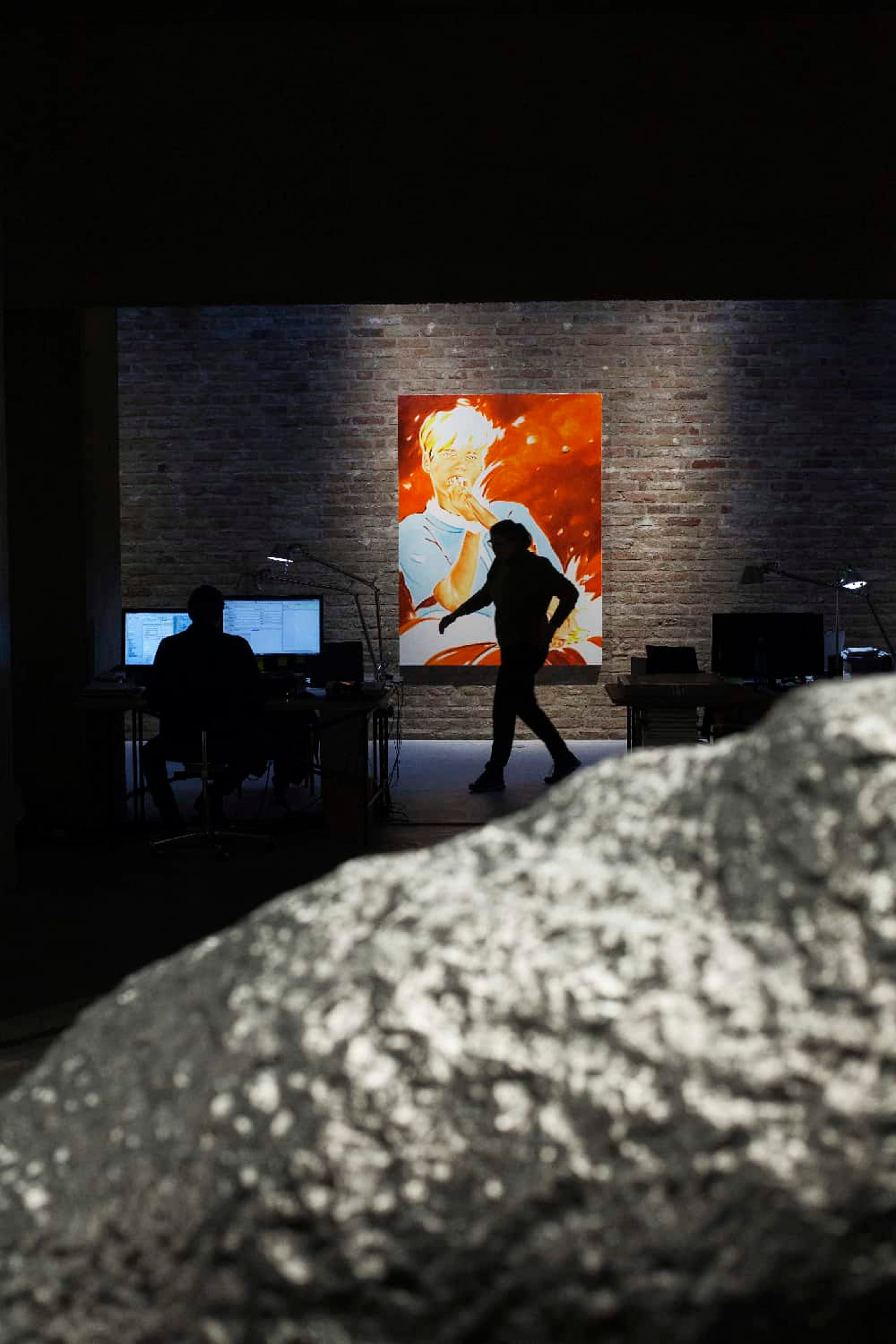
LK: Some years back, maybe one of your first interviews, you spoke to Jordan Wolfson. There was a paragraph where you talked about your accident. You said at the time of the accident you said something strange to your father: “If I’m blind, I’ll commit suicide.” Why do you think your initial reaction was so strange?
JK: I knew something very terrible had just happened, despite my father insisting to wash it out and attend school the next day. He tried to keep me calm, of course, but we both knew something horrible had happened.
I guess, I never wanted to accept my circumstances. I went to a school for the partially sighted, and I wasn’t willing to learn the braille alphabet. I just always tried to do the best out of it.
Despite my limitations, I opened the gallery. I refused to use a blind stick. I guess I was also very terrified of losing my eyesight entirely, which I did for about two years.
Interestingly enough, the accident happened at an age where I still had the chance to decide how to deal with it. At the school I went to, there was this electrician in his early thirties who lost his eyesight. He never found his way back into life. He lived in the country, so everything was dependent on driving a car. He couldn’t maintain the relationship with his wife… but I was at an age where I was still able to lay out my future. I was young enough, luckily.
LK: You didn’t have as much memory as that man, I guess by then he had lived an entire life already.
JK: True, but as a twelve year old you already have enough memory already.
LK: That reminds me of a quote by Louise Glück, “We look at the world once, in childhood. The rest is memory.”
JK: Yeah, until like four or five right? Vision is interesting. Like a glass, for instance. You recognize it even though you don’t really see it. You know the reflection on the table can only be a selection of possibilities. So you know it’s a glass. Or a shadow on the street, somehow you know it’s a shadow of steps. Because, what else could it be… and that’s what’s interesting with art. A picture has no references, it can be anything.
I had an amazing school teacher. While I grew up traveling the world, museums, etc., my father never explained things to me. We had Warhol or Beuys come over, but nothing was ever explained. In school, this teacher suddenly communicated what everything was about. Only then did I realize what relevance I was growing up in, but also remembered On Kawara, and recent art history. So it was a puzzle, of memory and knowledge. Which eventually built an opinion.

LK: It’s interesting you chose to immerse yourself so directly into the art world, considering your lack of vision. Like why not become something else…
JK: It was the only direct way. I wanted to be an artist, but realized I couldn’t be one. So then I wanted to help artists realize their projects. But I couldn’t just become a curator out of nothing. That’s why I opened the gallery. I had to have my own space and sell art in order to do exhibitions. There wasn’t really a commercial interest. No one would have given me a job. I couldn’t even work at a gallery, because I wasn’t able to do simple tasks, whatever you do when you start as an intern…
LK: Like getting coffee…
JK: Or booking a flight.
LK: This idea of wanting to become an artist, isn’t an artist actually choiceless in that decision?
JK: I wished to be an artist. But then I realized I didn’t have the driving force. Or, perhaps, simply not the need to be one. You have to be an artist to be an artist. A lot of courage is required, because you decide on something which you really have to stick to.
I honestly have such respect for artists out there, constantly doing their work without having the response they wish to have. And that means to be an artist: You do what you feel you have to do, despite other people’s judgement.
